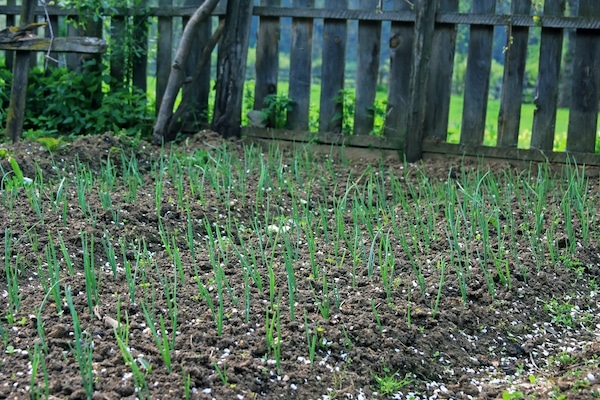Updated: November 16, 2020
Have you ever heard the expression: “all politics is local?” Former U.S. Speaker of the House Tip O’Neill coined the phrase. It means that a politician’s success is directly tied to the ability to understand and influence the issues of their LOCAL constituents.
What does this have to do with growing food?
Well … In the same way that all politics are local, all gardening is local, too. By this I mean that you need to understand the influence and issues of your backyard … or maybe even specifically a small patch of your backyard.
In other words, strategies that work exceptionally well for your next door neighbor may NOT be what’s right for your garden.
That doesn’t mean that what works for your neighbor or the Extension Service master gardener or the famous gardening book author isn’t a good idea for you. But we shouldn’t just use them across the garden without knowing if they actually help or hurt.
That’s even true for ideas that you learn from this blog.
Let’s take a sec to get the legal words out of the way. This article may contain affiliate links. That means if you click and buy from my partners, I will make a tiny amount of money at no cost to you. This in no way affects my recommendations.

Of course, there are times when there’s enough evidence go all out and make a change across your garden. Still, more often than not, the key to truly learning what’s right in your situation is proper testing of a small sample of your plot.
Proper Testing
A badly designed test can be worse than no test at all. This is because a bad test increases the chances that you are getting bad information.
You can’t test more than one improvement in the same location at the same time.
— Suburban Hobby Farmer
To help you test better, here are four guidelines for testing strategies in your garden.
1. Test only good ideas. Take your best guess on what will improve the situation before you decide what to test. Carol Deppe in her book The Resilient Gardener has a good example of this rule.
She develops good ideas for adding soil amendments by first having her soil tested. But she doesn’t just use the soil testing lab’s recommendations. She tests them first in a small portion of her garden to make sure the recommendations are actually helping.
2. Test only one idea. You can’t test more than one improvement in the same location at the same time. If you do, you won’t know what’s responsible for the result.
This rule is difficult for me to keep because I have a lot of ideas but limited space. But if you are going to learn what is going to help, you have to maintain the purity of the test.
3. Maintain a control. Usually, you should test on two plants of the same variety, side-by-side. That means, for example, two Brandywine tomato plants from the same batch of seeds in the same location.
You should try the new idea on one plant and NOT the new idea on the other. To the best of your ability, you should keep all other variables equal.
4. Document your results. A garden diary is a great way to document your results. I can’t tell you how many times I’ve referred back to my diary when I never thought that I would.
You may think that you can remember, but you can’t. Short of a diary, write the results down someplace.
What to test
Here are a few suggestions:
1. Can I water less and get the same result?
2. Does Neptune’s Harvest improve tomato production?
3. Which is best for cucumbers: straw or oak leave mulch?
4. Can I get the same result if I grow lettuce in a more shady location (not full sun)?
5. Do I have to mound up soil for potatoes?
You get the idea. Now it’s your turn to figure out what you most would like to know about your garden. I challenge you to test one idea this growing season.
Related articles you might enjoy:
- Top Five Vegetable Gardening Books
- Learning from Carol Deppe, The Resilient Gardener
- Book Review: Eliot Coleman’s Four-Season Harvest
Suburban Hobby Farmer is a participant in the Amazon Services LLC Associates Program, an affiliate advertising program designed to provide a means for sites to earn advertising fees by advertising and linking to amazon.com.